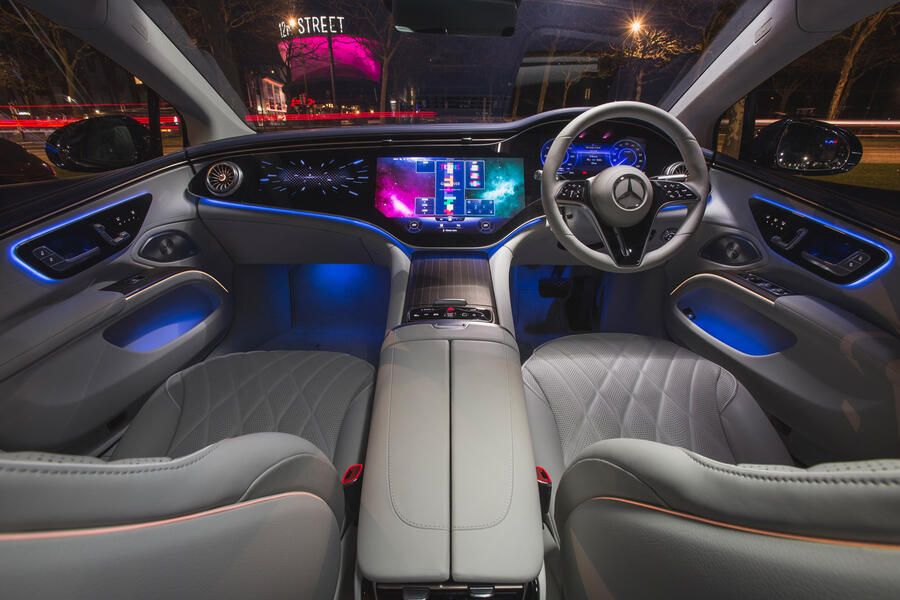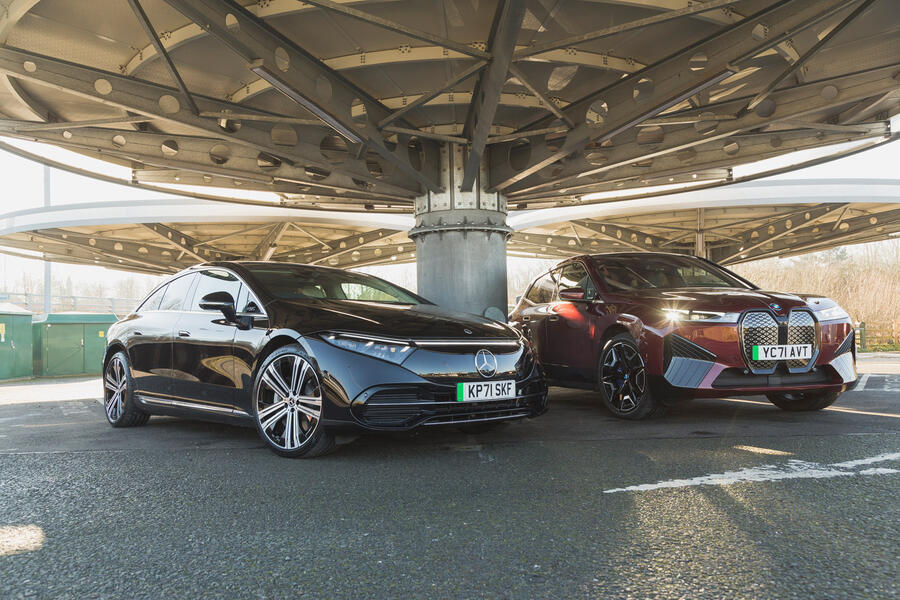Ten years isn’t a particularly long time in the car industry.
It’s about the lifespan of some models. Long enough for one trend to fade and another to appear, perhaps, or for a new segment-leading car to rise to prominence, or for an old one to sink into obscurity.
That’s usually enough drama for one decade. In car industry terms, however, the past 10 years have held as much turmoil and upheaval as the average geological epoch. In 2012, the Tesla Model S had yet to launch. The Paris Climate Accords to which Donald Trump would one day make the US deaf were still three years away from even being agreed. On our side of the pond, there wasn’t even a Euro 6 emissions standard in place for engineers to aim a ‘defeat device’ at, and so our love affair with diesel was still in its sooty, NOx-tacular full bloom.
Other than the Tesla Roadster, only three mainstream production electric cars had been developed to the point of global sale: the Nissan Leaf, the Mitsubishi i-MiEV and the Renault Fluence ZE. Across the whole of Europe, fewer than 8000 examples of those three cars combined would be sold that year. Saab registered more cars than that the year before it went bankrupt (2011).
Without wishing to put too fine a point on it, a supertanker load of s*** has gone down since then, hasn’t it? Dieselgate, Brexit, an economic downturn, the UK announcing a 2030 ICE ban, a global pandemic, another economic downturn, a computer-chip shortage: a new crisis every minute.
But there’s no catalyst quite like uncertainty. Who would’ve believed, back in 2012, how many car makers would have committed themselves to a fully electrified future by 2022? And, by the same time, that two powerhouses of the European luxury car industry would themselves be so devoted to the electrification transition as to have introduced totemic zero-emission halo models?
Something seismic has shifted at the top of the car market. The sustainable future of luxury transport, as produced by two of the most prolific and successful makers of luxury cars that the 20th century ever knew, is now with us. The all-electric Mercedes-Benz EQS and BMW iX are here.
























































Join the debate
Add your comment
I know I am in the miniority, but the iX has totally grown on me. It isn't pretty, but it is striking in design.
BMW has to be congratulated on producing a design that's uglier than the X6. That it's even more embarrassing in the flesh is even more remarkable. Nice colour.
Have the manufacturers of European electric cars done a quiet deal with the German government and voluntarily limited the speed of their EVs to below 130mph ?
Both these top-end BMW and Mercedes cars have far lower top speeds than their equivalent IC-engined models.